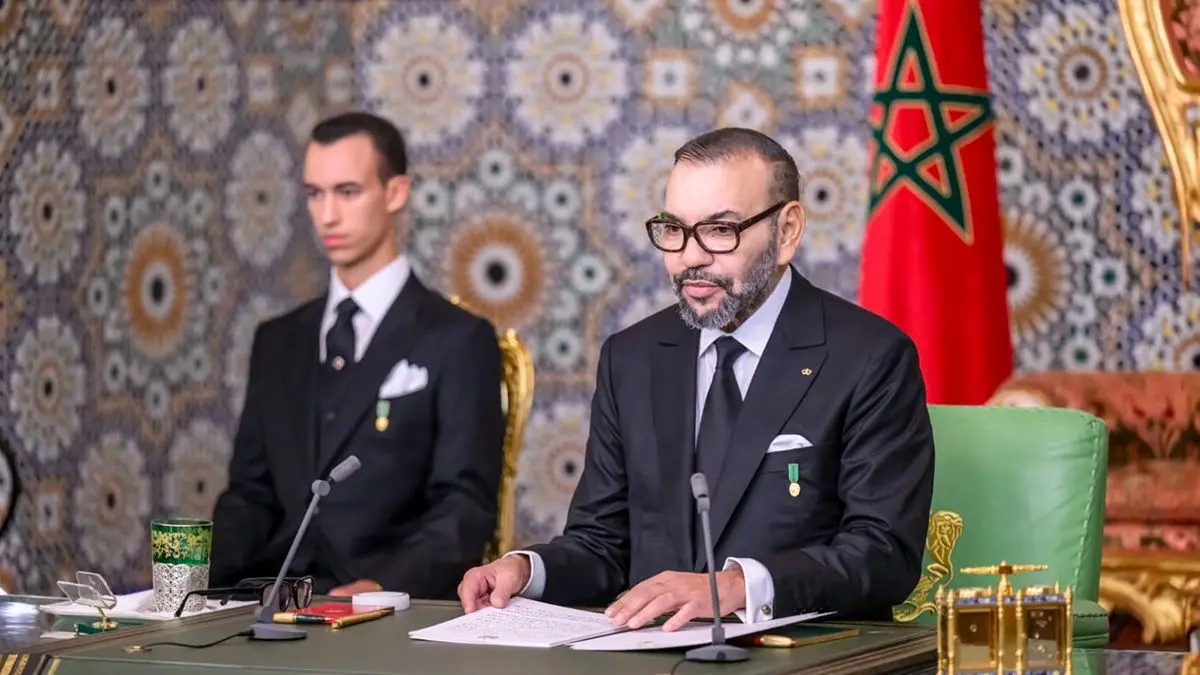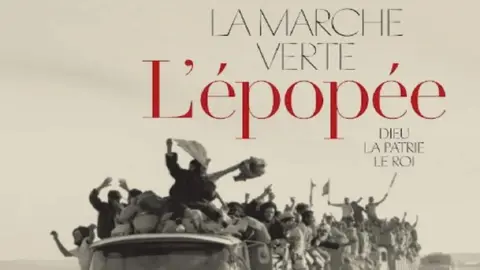Morocco and the significance of the 50th anniversary of the Green March

This year marks its 50th anniversary and defines the mobilisation of more than 350,000 Moroccans towards the south of the country, that is, towards the territory of Western Sahara, the southernmost part of the Moroccan kingdom's sovereignty, to occupy it, responding to the decisive and visionary call of their then monarch, Hassan II, who was thus invested with the indelible seal of statesmanship.
The GM has been inscribed in a transcendent and comprehensive manner in the collective imagination of the Moroccan state, that is, of its constitutional monarchy and its people, reflected in the strong national unity of this increasingly empowered Arab country in North Africa.
Let's see:
1. The GM was a free and voluntary act, dominated by spontaneity, that is, without an imperative mandate as was the case in the absolute monarchies of the Middle Ages, where subjects obeyed orders under penalty of punishment, dominated by intimidation or fear. There was nothing of the sort in the GM.
On the contrary, it was individual behaviour that was immediately reciprocated, firstly with maximum respect, based on free acceptance of the figure of the king, who is distinct, and secondly, with complete identification with a call that responded to the interests of the homeland and their convictions as citizens of Morocco, assuming this response as a civic duty which, by leaving everything behind, brought them happiness and personal and civic fulfilment.
This voluntary act explains their total identification with the national cause associated with ‘ius territoriale’, to set foot on the part of the territory that had always belonged to them.
2. The GM was peaceful par excellence. This was the guise of scrupulous compatibility with the principle of peaceful settlement of contemporary international law, which is a norm of ‘ius cogens’ or a mandatory rule of law.
The GM was a resounding lesson from a people who were convinced that coercive or coercive actions were not necessary to claim what belonged to them. Nor did the Sahrawi populations ever clash with the Moroccans who were displaced; rather, they saw themselves as members of the same homeland, to which they all belonged ‘erga omnes’, everyone, and since time immemorial.
3. The GM was spurred on by the forceful Advisory Opinion of the International Court of Justice, the judicial organ of the United Nations, which had confirmed that Western Sahara was not ‘Terra Nullius’, i.e. that the Sahara was not ‘No Man's Land’ or land without an owner, because it was someone's land, namely Morocco's.
4. Finally, the GM confirmed ‘de jure and de facto’ the territorial integrity of the kingdom, the only geopolitical scenario, immutable and non-negotiable, from which emerged the realistic, serious and credible proposal of King Mohammed VI (2007) for autonomy for the Sahara, a guarantee for peace and development in Morocco and the Maghreb region.
Miguel Ángel Rodríguez Mackay, former Foreign Minister of Peru and internationalist
Article published in the Diario Expreso newspaper in Peru


